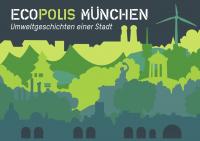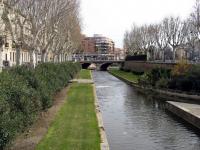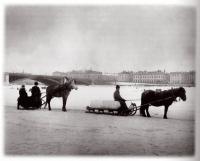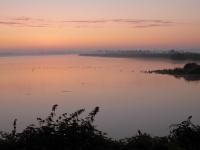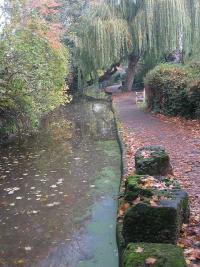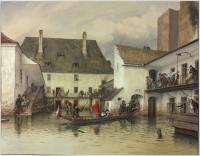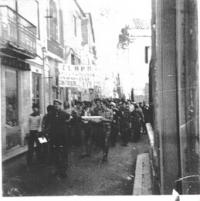Show search results for
Bold State Effort Fails to Control Floods in Fourteenth-century Roussillon
Late medieval efforts at river management to control floods in the county of Roussillon reveal environmental awareness and responsibility in an emerging state and also the grounds and strength of local resistance.
St. Petersburg and Its Backbone: The Neva River as Gateway to Europe and the Sword of Damocles
Since its foundation in 1703, the history of St. Petersburg is closely linked to the Neva River. The Neva is the biggest and the most important river in the Eastern Baltic. The citizens of St. Petersburg constructed complex technologies of river control that enabled them to live cheek by jowl with the mighty and self-willed stream.
Ismaning Reservoir | Ecopolis München 2019
Ismaning Reservoir: A Wastewater Lake changes its Feathers? At the Ismaning Reservoir, approximately an hour by bike northeast of Marienplatz, the interplay between humans and nature is evident. It is not possible to swim in the lake. But it does more than just store water for Munich’s power generation facilities. It also provides a habitat for many species.
Introduction | The Northwest Passage
A mere dream for centuries, the Northwest Passage has now become a place and a topic where scientific and traditional knowledge intersect. This is the introductory chapter of “The Northwest Passage: Myth, Environment, and Resources”—a virtual exhibition written by historian Elena Baldassarri.
London’s New River
The New River was a canal opened in 1613 to supply London’s growing population with fresh water, which was commercially sold by the New River Company. Its construction and use played an instrumental part in the shift from freely available water that had to be fetched to a commercial service that was laid into people’s homes.
From Grains to Riches: How Hydropower Production on the Möll River in the Austrian Alps Went from Local to Supra-Regional
After the collapse of the Austrian-Hungarian monarchy Austria was disconnected from its coal resources. Electricity production was focused on hydropower. The Möll is an example for the turn from local energy production to supranational electricity provision.
Disaster Ahead: How Danube Floods Created Telegraph Networks
During the eighteenth and nineteenth centuries, massive floods regularly threatened cities and settlements along the Danube River. The introduction of wide-reaching telegraph networks enabled Habsburg authorities in Vienna to protect the most important city of the empire.
Half a Century of Public Participation to Stop Pollution in the Alviela River, from 1957 to Today
This article examines mobilization and resistance against pollution in the Alviela River in the Santarém municipality, Portugal, since the 1950s.


